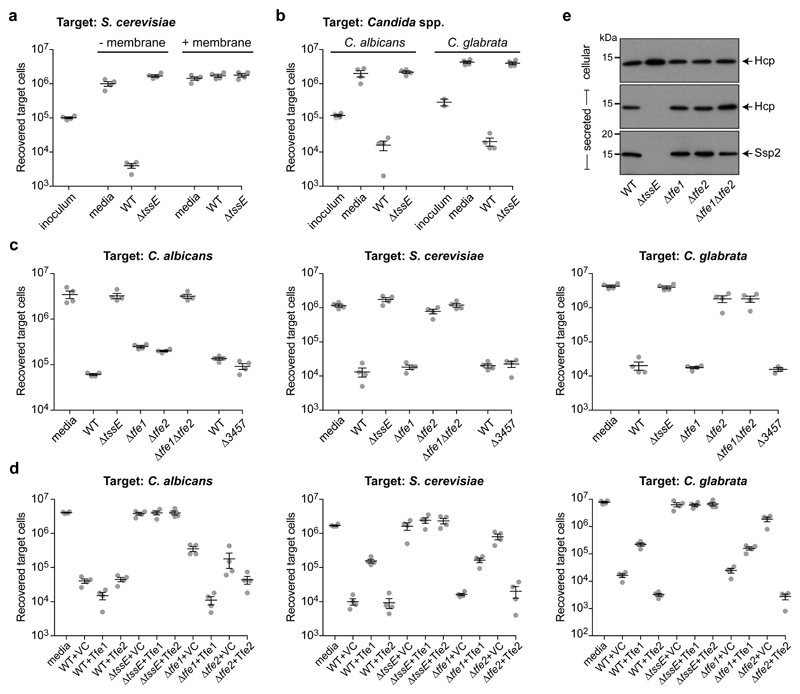Figure 1. Cross-kingdom targeting by the Type VI secretion system of S. marcescens depends on the anti-fungal effectors Tfe1 and Tfe2.
(a) Number of recovered viable cells of S. cerevisiae K699 following co-culture with wild type (WT) or a T6SS-inactive mutant (ΔtssE) strain of S. marcescens Db10 as attacker, or with sterile media alone (media), in the absence or presence of a separating membrane. (b) Recovery of C. albicans SC5314 and C. glabrata ATCC2001 following co-culture with wild type or a T6SS-inactive mutant of S. marcescens. (c) Recovery of C. albicans, left, S. cerevisiae, middle, and C. glabrata, right, following co-culture with wild type or mutant (ΔtssE, Δtfe1, Δtfe2, Δtfe1Δtfe2 and ΔSMDB11_3457) S. marcescens. (d) Recovery of C. albicans, S. cerevisiae and C. glabrata following co-culture with wild type or mutant strains of S. marcescens Db10 carrying either the vector control plasmid (+VC, pSUPROM), or a plasmid directing the expression of Tfe1 with the immunity protein Sip3 (+Tfe1), or Tfe2 (+Tfe2). (e) Immunoblot detection of Hcp1 and Ssp2 in cellular and secreted fractions of wild type or mutant S. marcescens as indicated. The data are representative of two independent experiments and the full, uncropped blots can be found in Supplementary Fig. 18. In parts a-d, individual data points are overlaid with the mean +/- SEM (n=4 biological replicates).

